Staff writer Keahi Harper went to an Indigenous Peoples Day event hosted by the Native American Council (NAC) of Columbia University and felt a sense of unity, connection, and admiration for the speaker and event.
On Monday, October 13, the Native American Council of Columbia University and the CC/SEAS Multicultural Affairs presented an evening that focused on Native American creativity and self-determination for Indigenous Peoples Day. This event featured guest speaker Jhane Myers, a Comanche and Blackfeet filmmaker. Myers is an Emmy Award winner, producer, and founding Executive Director of the American Indian National Center for Television and Film.
The event began with opening remarks from the President of the Native American Council (NAC), Derek Martinez (SEAS ’26), who is Mixteco. Martinez emphasized the importance of these events and Native land rights, and gave the audience information about his own Indigenous background. He spoke about how in Mixteco, the word ‘ñuu’ means both ‘people’ and ‘land.’ “It is true that my ancestors have always known we can’t separate the people from the land,” stated Martinez. It is clear that Martinez’s passion for land rights, Native American preservation, and prioritization of culture remains at the forefront of his goals as President of NAC.
Afterward, the guest speaker, Jhane Myers, began her speech about her career, culture, and her priorities as someone who preserves Indigenous culture through her art. She spoke about her motivation to authentically portray native communities to a mass audience. She tied this into her family history, acknowledging how her grandmother was a survivor of a Native American boarding school—schools made with the intention of violently assimilating Native Americans into Euro-American culture and systematically stripping them of their cultures and belief systems. This knowledge pushed her to represent the authentic reality of Native history in media.
Myers stated that she always knew she wanted to “create a better place” for her grandparents.
She also noted that her grandmother shaped how she views her art. Her grandmother was an artist, with a particular interest in clothing, inspiring her career. Myers made sure to consistently honor those who taught her how to be strong and to preserve her culture.
Many times, Myers emphasized the importance of being brave and the necessity of fighting for Indigenous representation and accurate portrayal in the media. She reflected upon a moment where she had to fight for a budget for Native languages to be represented in film, saying she fought “like a Comanche.” Her life experiences shape her occupation, and she knows how important it is to continue the tradition of fighting for Native people, but in her own way.
Towards the end of her presentation, Myers asked for questions from the audience. When asked what advice she would have for someone Indigenous wanting to pursue film, without hesitation she declared, “Be brave.” She continued that there are many spaces where she is the only native person, and sometimes the only woman. Myers emphasized that there are times when native people have to be the only ones fighting, and that native people must never stop their fight on behalf of the stories that still need to be told. Her passion for film and her community was inspiring, and I feel lucky to have listened to her stories and career details.
As a Native Hawaiian person, I feel immense gratitude for this event and the work that the Native American Council at Columbia is doing. I’ve witnessed the endless passion, care, and deep honor for their backgrounds that fills this group. Even after Indigenous Peoples Day, NAC will always maintain a deep focus on native rights and building community at Columbia University, something I personally deeply admire and appreciate. Their work for the Indigenous people of Columbia University should never go unnoticed.
I spoke to Myers after the event and asked her what she believed was the most important sentiment to leave to Indigenous people as someone so significant and passionate in her field. She stated, “Every second a Native person is here breathing, walking, and living, they are making history. That is immensely important to recognize.”
Image via Native American Council


 0 Comments
0 Comments